Falling in love is easy, staying in love is an art.
I’ve been pondering this for a long time, and it recently came up again. The work that I’m doing and the clients that I’m seeing have inspired to write this rather brief article. I promise I will soon write more on this topic with more in-depth examples from my own experience and that of other people I know, I wanted to start by laying the groundwork here.
Because we’ve all been there, it is universal: Falling in love is one of the most exhilarating experiences a person can have. It makes you feel truly alive, present in the moment, and completely enamored with the world around you. Everything seems to flow effortlessly, and even the things that used to frustrate you suddenly feel lighter. The people who once annoyed you somehow look differently to you: you suddenly have more empathy for them—sometimes even love. Isn’t that bizarre? 😉
Being in love feels like pure magic: your heart races, your cheeks flush, and the world suddenly feels brighter, fuller, and more beautiful. Every fiber of your being comes alive. There seems to be so much joy and possibility.
Everything about the person you’re falling for feels perfect, and the chemistry is undeniable.
But what happens when the fireworks fade? When the initial thrill gives way to the reality of everyday life? Because sooner or later it will happen, we’re faced with our shadows, our triggers come up, and that is when the real work starts. Your partner is no longer just the one who makes you laugh but also the one who leaves their socks on the floor or forgets to text you back. And you name it.
As a woman who has both fallen in love and stayed in love, I know and I know you know, too: the journey from the giddy rush of falling to the steady depth of staying is not always easy. It takes effort, commitment, and an openness to growth on both sides. Falling in love is the spark, but staying in love is the fire that needs to be tended.
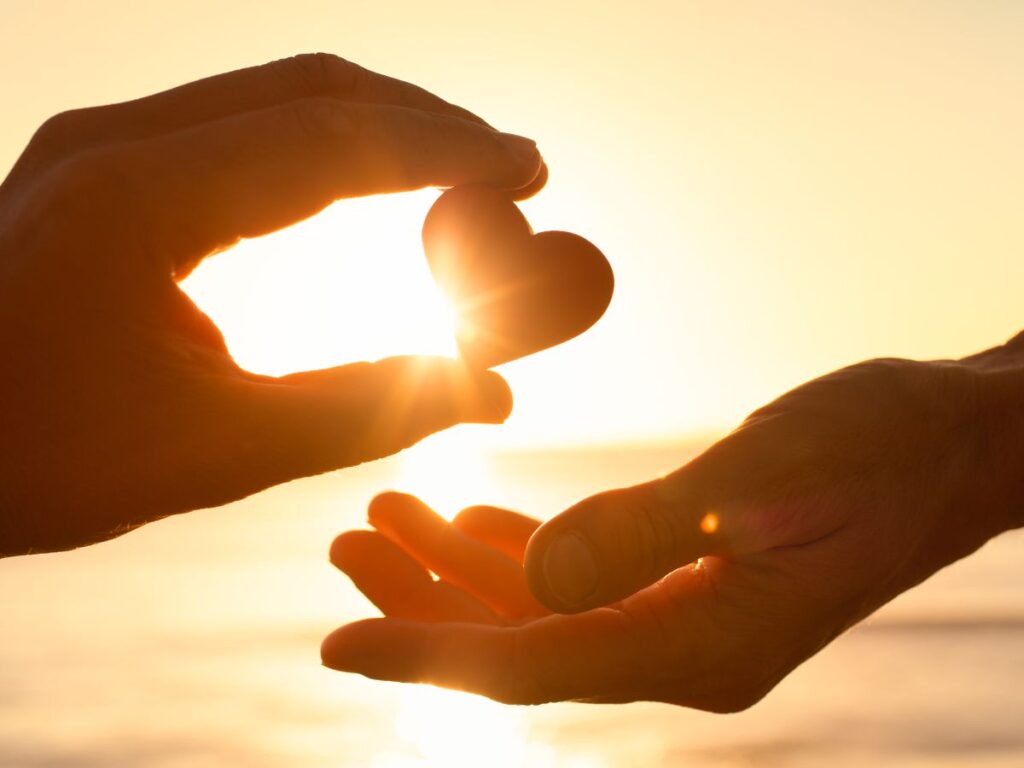
The Magic of Falling in Love
Let’s talk about that magical phase of falling in love. It’s thrilling, isn’t it? All those butterflies in your stomach, the endless conversations, the way you can’t stop smiling when they’re around. You miss them even if they are with you. Biologically, this phase is fueled by a cocktail of hormones like dopamine and oxytocin. It’s nature’s way of binding us to someone, ensuring we’re drawn together. It is natural, it’s beautiful, because we are not meant to be alone.
In those early days, everything feels effortless. You’re endlessly curious about each other, deeply attentive, and eager to give your best. Staying up late to talk or driving an hour out of your way to see them feels like second nature. Their quirks seem charming (though some may later reveal themselves as pet peeves or even red flags), and imperfections are easily overlooked. Why? Because, hormonally, you’re wired to bond and attach during this phase.
Falling in love is like the honeymoon phase of a new relationship—not just with another person, but with life itself.
It’s intoxicating and idealistic, offering a glimpse of what’s truly possible in a relationship when love feels pure and unencumbered. I love that. Yet, the challenge is: staying in love while life happens.
Drunk on Love
But here’s the catch: this phase doesn’t last forever. Sure, it can evolve, even deepen into something far more profound. But this initial, almost intoxicating overdose of happiness hormones will eventually subside. And when it does, it begins to reveal the truth — our flaws, our shadows, and the messy, unpolished parts of ourselves that we often keep hidden. (Hint: relationships are mirrors, and they reflect both the beauty and the wounds within us.)
And it’s supposed to happen this way. This isn’t a failure of love; it’s an invitation. When the haze clears, the real work begins. The real work of getting to know ourselves, of healing the cracks and scars that we carry, and of truly seeing the other person for who they are — not just who we hoped they would be. This is the point where love shifts from being something that simply happens to us to something we choose, nurture, and grow.
The intense emotions that come with new love are like the overture to a symphony. They set the stage, but the real beauty is in the music that follows—if you’re willing to play it.
LOVE IS A VERB!
When the Honeymoon Phase Ends
I remember the first time I realized love wasn’t going to be as effortless as I’d thought. It wasn’t dramatic—just little things. The way my partner’s laugh didn’t seem quite as funny after a long day, or how their forgetfulness about important dates started to sting. At first, it’s easy to brush off these moments, but over time, they can accumulate if you’re not careful.
This is the point where many relationships falter. The infatuation wanes, and real life starts to demand attention. Work deadlines, family obligations, and even simple fatigue can steal the spotlight from your love story. Suddenly, the person who once seemed perfect is just… human. Flawed, complex, and sometimes frustrating. And guess what? So are you.
The end of the honeymoon phase isn’t a failure; it’s a transition. Everyone should be aware of it coming. It’s where the real work begins. Staying in love means making the conscious decision to love each other—not just in the big, romantic moments but in the small, ordinary ones.
The grass is greener where you water it!
What It Takes to Stay in Love
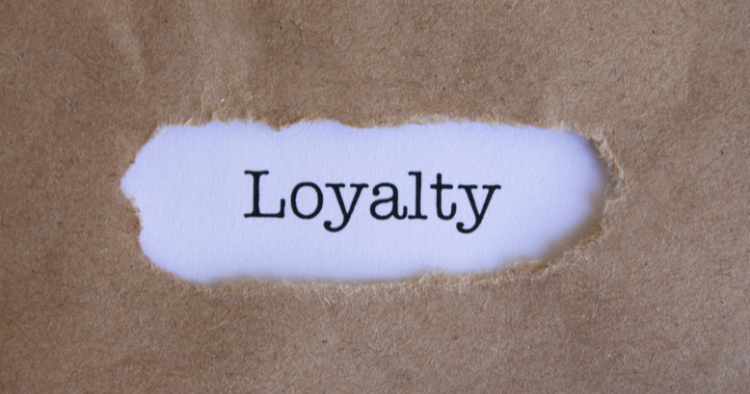
Staying in love requires more than just feelings; it’s about actions, habits, and choices. I want to dive into a few examples and lessons I’ve learned along the way:
1. Communication is Everything
You’ve probably heard this a million times, but it’s true. Good communication is the foundation of any lasting relationship. It’s not just about talking but also about listening—really listening. If you want to dive deeper, I recorded a podcast episode: Transform Your Relationships through Active Listening.
When something bothers you, speak up gently and honestly. And when your partner shares something, give them your full attention without jumping to conclusions or offering unsolicited solutions. It’s about creating a safe space where both of you feel heard and understood.
Everyone communicates differently, often based on learned behaviors. So, it’s crucial to get out of our own way and avoid assuming our partner can simply read our minds. Communication can be challenging—it calls us to be raw, vulnerable, honest, and true.
2. Love is a Verb
“Love, love is a verb
Love is a doing word
Fearless on my breath
Gentle impulsion
Shakes me makes me lighter
Fearless on my breath…” (Let’s be a little nostalgic, my Millennial and Gen X audience! Listen with me to Teardrop by Massive Attack)
So, exactly: Love isn’t just a feeling; it’s something you do. A choice to be and stay committed. It’s in the small, everyday acts—making their favorite meal after a long day, leaving them a sweet note, or holding their hand when they’re anxious. Basically, it’s learning their love languages: how they want to be loved. These gestures may seem small, but they build trust and intimacy over time, making the bond unbreakable, because let’s be honest: life happens, and it’s good to build on a steady foundation.
3. Don’t Take Each Other for Granted
Oh, this is a big one: I have seen it so many times and it is quite heartbreaking when it is too late to fix things. So, let’s not make it come to this, okay?
I know, I know as time passes, it’s easy to slip into a routine where we start taking our partner for granted. This can happen subtly, especially after many years together, when familiarity breeds a sense of comfort, we become more unaware, and literally take each other’s love, understanding, and respect for granted. And this is where it gets really tricky.
The truth is: relationships thrive when both people feel seen, heard, and truly appreciated. That sense of appreciation is the fuel that keeps the connection strong and vibrant.
It’s important to remember that gratitude isn’t just for big gestures—it’s in the everyday moments. A simple “Thank you for making me laugh today” or “I’m so grateful for your support” can remind your partner that you notice and value them, even in the little things. This practice of expressing gratitude creates a positive cycle, where both of you feel uplifted and motivated to continue giving to each other. It’s not just about saying “thank you” when your partner does something special, but about acknowledging the smaller, quieter moments that contribute to your relationship.
It’s in the Little Things
Taking a moment to appreciate each other can also help shift your focus when you’re feeling frustrated or distant. When the heart is open, love can flow more freely. It’s truly with an open heart that you see the situation clearly and embrace the truth of it. Instead of fixating on what annoys us or what we don’t like, it’s far more rewarding to focus on the good things—the things you love—and to point them out to your partner.
Not only does this make your partner feel more appreciated, but notice what it does for you, too. It works miracles. Rather than inflicting pain or damage on your relationship, you fuel it with love first, nurturing the garden you’re growing together.
By returning to gratitude, you can reignite the spark of admiration and deepen your connection, even when challenges arise. And I would argue: especially when challenges arise!
So, make it a habit. It’s not always easy, but when you notice the things your partner does that make your life better and express it aloud, it truly makes a world of difference.
4. Embrace Growth—Both Together and Individually
One of the most significant challenges in maintaining a lasting, loving relationship is navigating the inevitable changes that come with growth. People grow, evolve, and change over time, and so do relationships. What worked in the beginning might not work forever, but that doesn’t mean the connection has to fade. In fact, relationships can deepen and become even more fulfilling when both partners embrace growth—together and individually.
I recently came across a quote by Heidi Priebe that sums this up beautifully:
To love someone long-term is to attend a thousand funerals of the people they used to be.
It really hit me. To stay in love over the years means continuously learning to love the evolving versions of each other, as we all shed old habits, evolve, and embrace new selves. It’s about honoring the person your partner is becoming, not just the one they were when you first met.
5. Keep the Spark Alive
Romance doesn’t have to fade once the honeymoon phase is over—it just takes a little more intention and care. As time passes, the initial excitement can settle into routine, but that doesn’t mean the connection has to lose its fire. Keeping the spark alive is about being deliberate in showing your partner that they’re still your priority, even amidst the chaos of daily life.
by the way: I love Kim Anami‘s work! Check out her podcast and her offerings! (not sponsored, just a genuine fan).
Plan date nights, even if they’re simple and at home. Surprise each other with small gestures that show thoughtfulness—whether it’s leaving a love note, organizing an impromptu adventure, or simply making time to connect without distractions. Put that damn phone away, turn off the TV (Netflix can wait!), and get a healthy dopamine rush from some 1-on-1 connection with your partner. These are the moments that will linger, not some random person’s picture-perfect post or quote. 😉
And don’t underestimate the power of the little moments! Something as simple as dancing in the kitchen to your favorite song, or sending a playful, flirty text in the middle of the day, can break the routine and remind you both of the excitement and joy that brought you together.
Remember the grass is greener where you water it.
The Role of Self-Love
One of the most profound lessons I’ve learned about staying in love is that it starts with loving yourself. Oh, this is so deep, I know—but it was through heartache and messy breakups that I truly learned to put that love I so freely give to others back into myself. Now, I know what I don’t want, and, more importantly, I know what my boundaries are. I’m still a recovering people-pleaser, but this journey of self-discovery and self-love is ongoing.
That being said, when you nurture your own well-being, you bring your best self to the relationship. And “best” doesn’t always mean 100%. Sometimes it’s a solid 40 or 50%, but you show up with what you have, grounded in what you’ve learned about yourself. It’s about being compassionate and caring, not only with your partner, but with yourself first and foremost.
Self-love isn’t selfish; it’s absolutely necessary. It allows you to set healthy boundaries, communicate your needs clearly, and show up as a partner who is grounded and secure.
If you’ve ever felt like your partner isn’t giving you enough, ask yourself: Am I giving this to myself? For example, if you want more affection, are you also being affectionate with yourself? Staying in love means being a team, but it also means taking responsibility for your own happiness.

Staying in Love is Worth It
Yes, staying in love is hard work or maybe it isn’t really. Maybe it’s just uncomfortable at times…
It’s messy and imperfect, and it requires vulnerability. But it’s also incredibly rewarding. When you invest in your relationship, you create a bond that’s deeper than infatuation (and who wants infatuation?!). It becomes a partnership built on trust, respect, and genuine care.
Love is like a garden. Falling in love is the planting of the seeds, but staying in love is the tending, the watering, the pulling of weeds. It’s not always glamorous, but the blooms are worth it. So, the next time you feel like love is slipping through your fingers, remember that it’s not about holding on tighter. It’s about showing up every day, ready to nurture what you’ve planted.
Because while falling in love may be easy, staying in love is an art. And like any art, it takes time, patience, and a whole lot of heart.
Love
Nadine





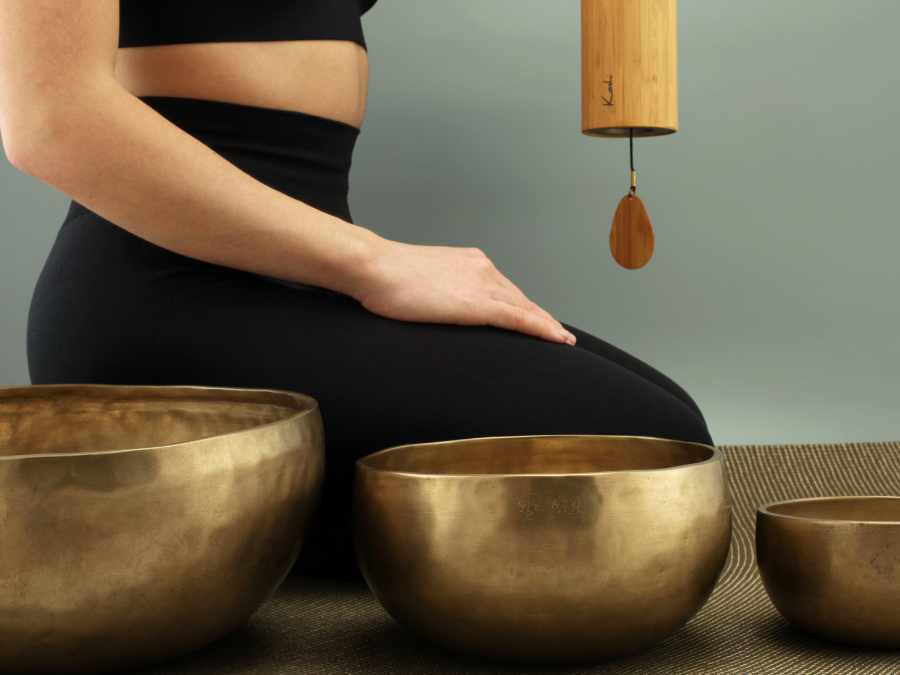
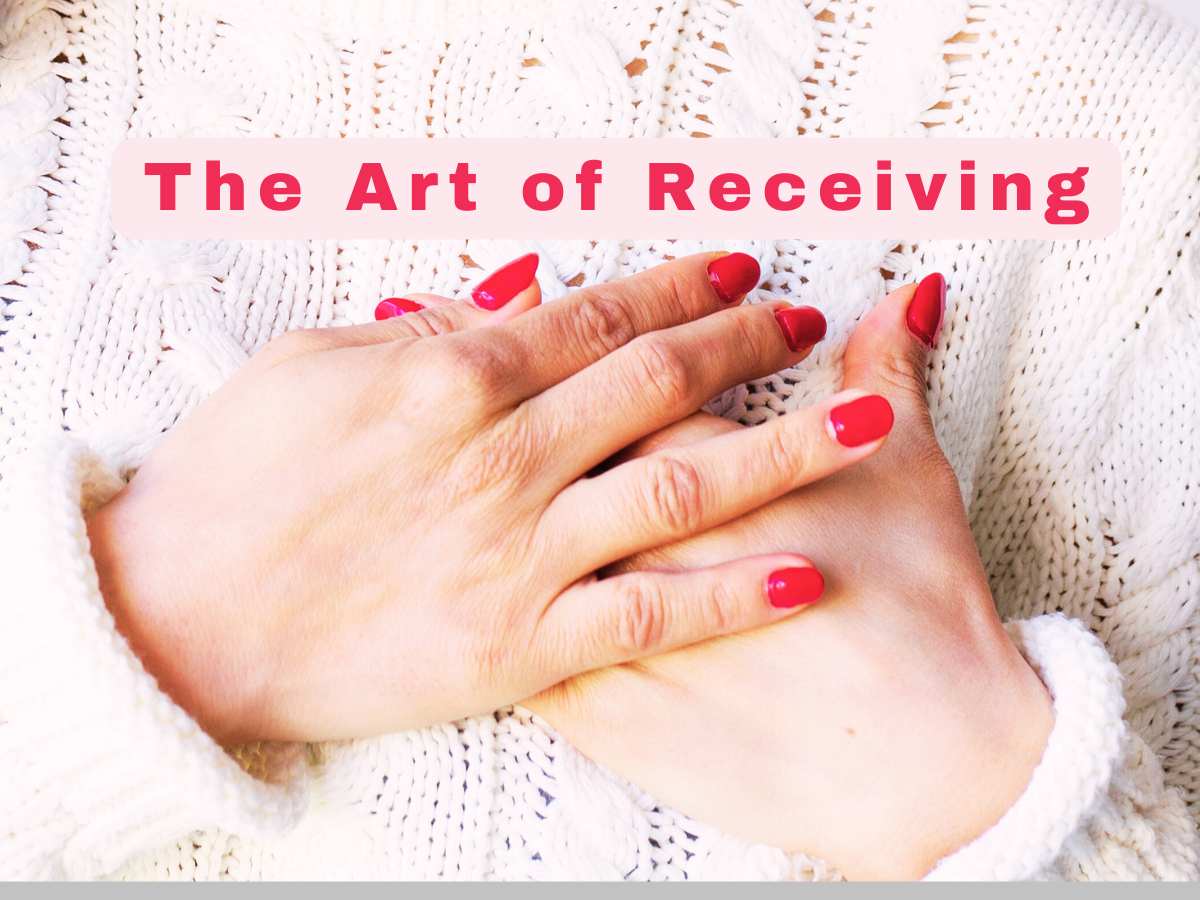
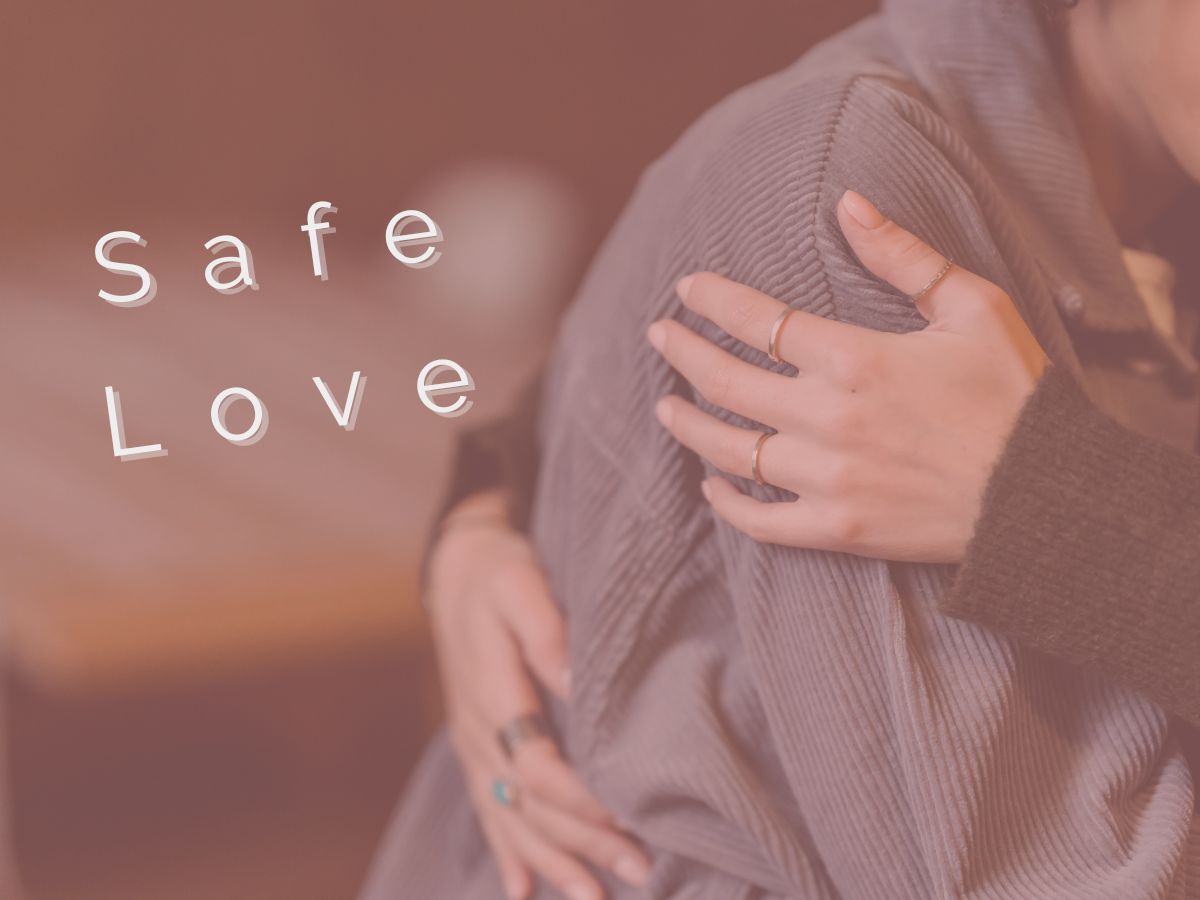



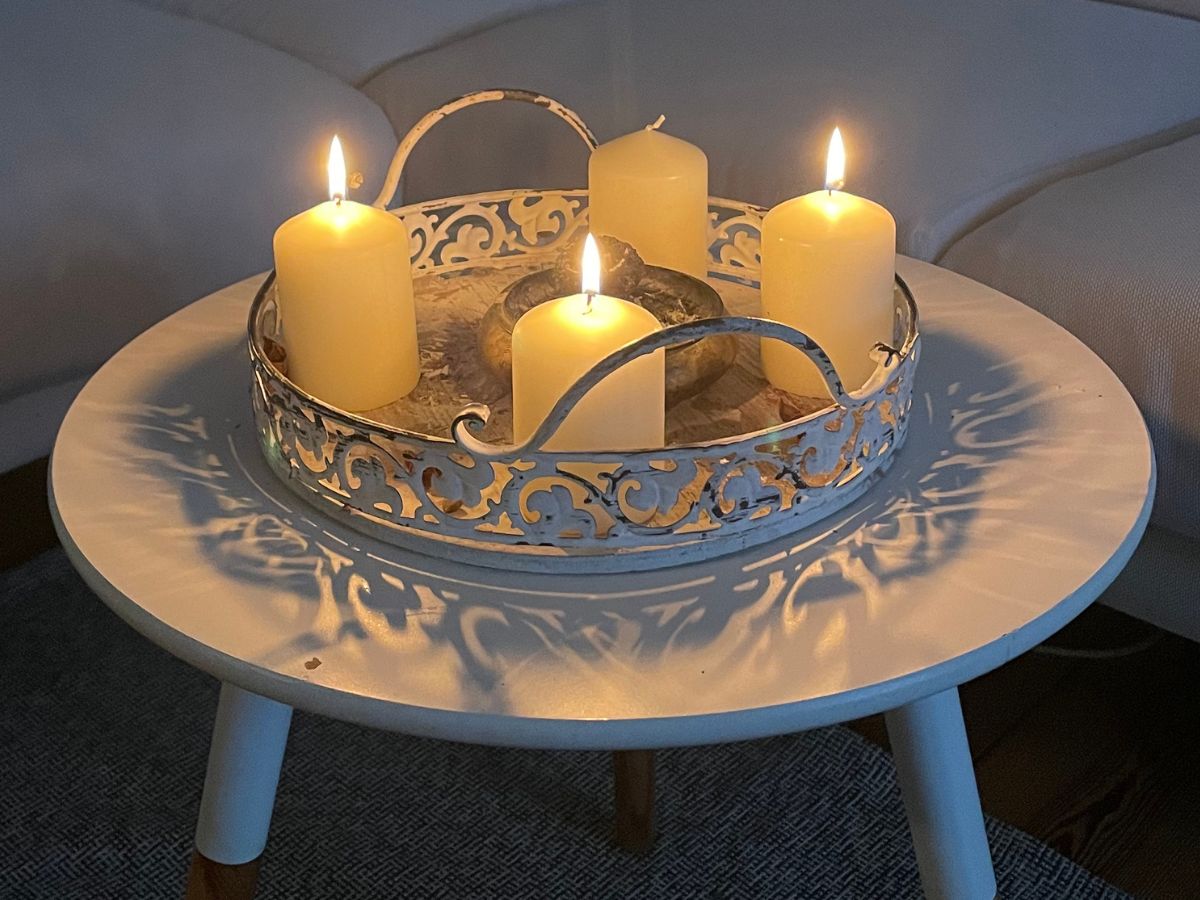




Leave a Comment